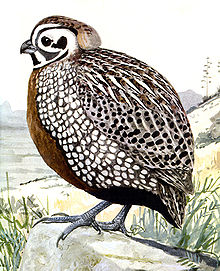Cliffrose is the star of this show. It also goes by the common name of quinine bush or its scientific name is Purshia mexicana. If you look at a map of its distribution you’ll see that it is found in the southeast corner of the Arizona in and around some sky islands. The Catalina Mountains near Tucson seem to be its western limit, but if you look up in the middle of the state and into Utah, whoa, it’s everywhere! Oh, and go south into Mexico and it has a large distribution in northern and western parts in that country as well. The specific epithet of mexicana is because that’s where it was first described and apparently it isn’t hard to find there. By the way there are some cliffrose on the sides of the road near Sonoita, Arizona. Some are quite large and gnarly, but easily driven by unless of course, it’s in bloom, then that will get you attention. It’s not just the flowers, but my goodness the sweet odor of those blooms permeates the air for hundreds of feet around it and it’s true that sometimes you will smell cliffrose before you see it.
A couple notes: the photos are mine. I have photos of yellow flowering cliffrose from other treks, but these white flowers are the ones we saw on the day described in this show. The flowers look like roses, right? And you can see the start of the fuzzy persistent styles. After the bloom period whole plants look like a wild wooly mess. Pretty sweet.



The scientific name for Mearns quail is Cyrtonyx montezumae. The genus refers to its big claws for scratching around in desert soils. It has...

I learned that there are twenty-six species of milkweed longhorn beetles (Tetraopes spp.) and up to fifteen of those are in the US. I...

Lemme see… I forgot to include the Baboquivari Mountains along with the Huachuca Mountains as a place to find Aquilegia longissima. I’m thinking that...